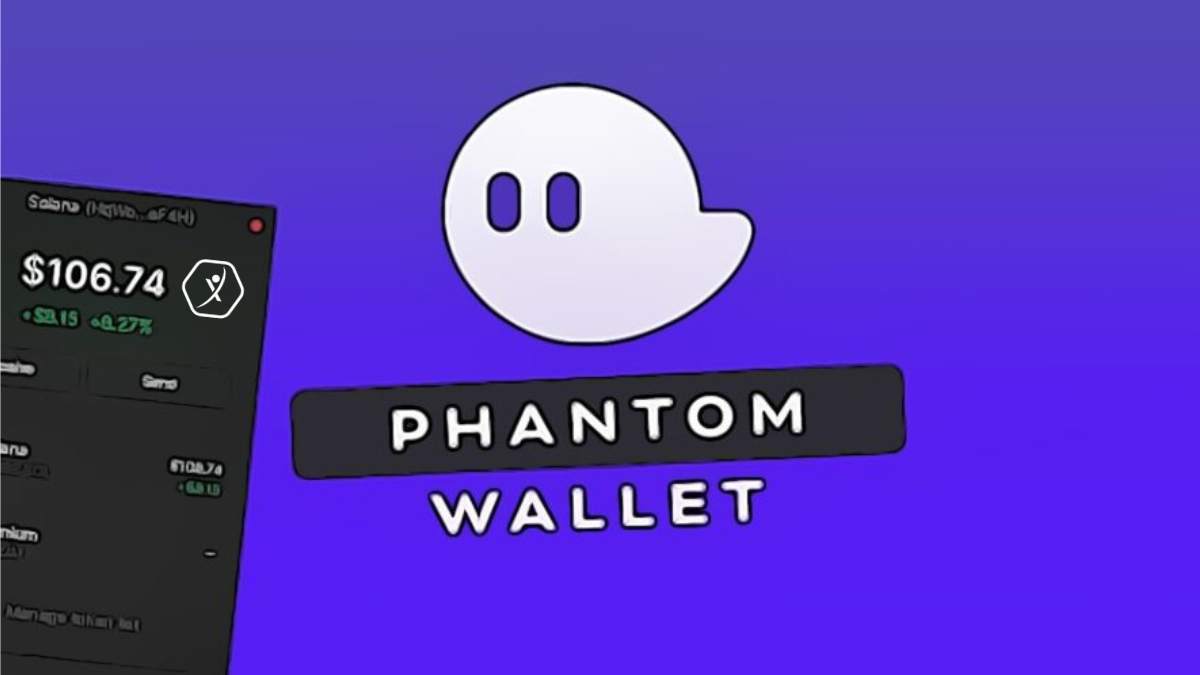Okay, so check this out—if you’ve been dabbling in the Solana ecosystem, you probably know that juggling DeFi protocols and NFTs can get a bit messy without the right tools. Seriously, at first, I thought all wallets were created equal, but then—whoa!—the user experience with Phantom blew me away. It’s like finding a secret shortcut in a maze you’ve been stuck in for ages.
Here’s the thing. Navigating multiple staking rewards across different DeFi projects? It’s a pain. You have to constantly switch between apps, remember private keys, and pray your transactions don’t get stuck. Something felt off about how fragmented everything was. Then I started using the phantom wallet extension. Man, it changed the whole vibe.
At first glance, the Phantom Wallet extension looks clean, almost minimalistic. But dig a little deeper, and you realize it’s packed with functionality tailored to Solana’s fast-paced ecosystem. It’s more than just a browser wallet—it’s your gateway to effortlessly managing DeFi investments and NFTs without fumbling through dozens of tabs.
Really? Yeah. For example, staking rewards often require manual claiming, and many wallets make that a hassle. Phantom’s interface provides real-time updates on your staked assets and even shows projected yields. I’ve personally found this very very useful when I’m tracking multiple pools simultaneously. No more guesswork or logging into different platforms just to see if my rewards have matured.
Hmm… but I guess some might say, “Isn’t this just another browser wallet?” Well, not quite. What sets Phantom apart is how seamlessly it integrates with Solana’s DeFi protocols, letting you interact with complex smart contracts with just a few clicks. This ease of use—especially through its browser extension—lowers the barrier for newcomers and veterans alike.

A Closer Look at DeFi and Staking with Phantom
Initially, my impression was that staking rewards are pretty straightforward—lock your tokens, wait, and collect. Actually, wait—let me rephrase that because it’s not that simple if you’re hopping across various protocols. Each platform has its quirks, and managing all that without a centralized view can be exhausting.
On one hand, the Solana network’s low fees and high speed make frequent staking and unstaking operations possible, though actually juggling the process across different apps was a nightmare. The Phantom wallet extension helps by consolidating these interactions into one place, which is a huge time saver. Plus, you can stake directly from the extension without needing to trust third-party apps constantly or expose yourself to extra risks.
Here’s what bugs me about some wallets—they tend to prioritize flashy features over practical utility. Phantom nails the balance, providing a sleek interface that doesn’t overwhelm you but still gives granular control. It’s like they’ve really thought through user workflows, which is rare in crypto tools.
Oh, and by the way, for NFT collectors, Phantom makes browsing and managing your tokens feel smooth. The extension automatically detects your holdings and even supports easy transfers and sales on Solana marketplaces. I’m biased, but this holistic approach to DeFi and NFTs is what makes Phantom stand out.
Something else I noticed—Phantom’s security model is pretty solid for a browser extension. While no system is foolproof, the team seems committed to maintaining a good balance between user-friendly design and robust security measures, which is critical when dealing with staking rewards that can fluctuate and NFTs that hold real value.
Why Browser Extensions Matter in Crypto Wallets
Whoa! Browser extensions often get a bad rap for being less secure than hardware wallets. True, hardware wallets are the gold standard, but for daily activities like swapping tokens, staking, or managing NFTs, convenience is king. Phantom’s extension strikes that sweet spot.
Using the extension means you don’t have to juggle multiple devices or constantly plug in your hardware wallet just to check your portfolio or claim rewards. Plus, its integration with popular browsers means you can jump into DeFi apps instantly, without extra logins or complicated setups.
That said, I’m not saying it’s perfect. There are times when updates introduce bugs or UI glitches that can slow you down. But honestly, the team behind Phantom seems responsive, and updates usually roll out pretty quickly to fix issues. So for me, the trade-off between slight imperfections and everyday usability leans heavily in favor of using the extension.
My instinct says that as DeFi protocols mature and Solana gains more traction, tools like Phantom will become even more indispensable. The extension’s ability to streamline staking rewards and NFT management will probably push more users to adopt Solana over other chains, where wallet fragmentation remains a hurdle.
In fact, I’ve linked the phantom wallet extension here because if you’re serious about diving into Solana’s DeFi and NFT scene, it’s one of the first tools you should try. It’s just that simple. Plus, it’s free, lightweight, and installs in seconds.
Frequently Asked Questions
Is the Phantom wallet extension safe for staking and NFTs?
While no wallet can guarantee 100% security, Phantom employs strong encryption and user-controlled keys. It’s widely regarded as safe for managing staking rewards and NFTs on Solana, especially if you follow good security hygiene.
Can I use Phantom to stake across multiple Solana DeFi protocols?
Yes, Phantom’s interface supports interaction with various staking platforms, consolidating your rewards and staked assets into a single dashboard.
Does the browser extension support NFT transfers and sales?
Absolutely. Phantom detects your NFTs automatically and allows easy transfers or sales on compatible Solana marketplaces without leaving the extension.